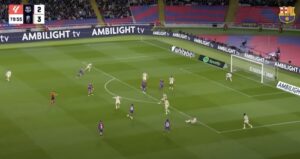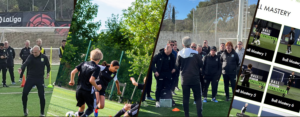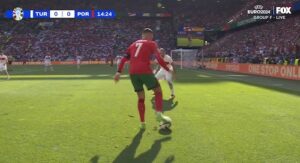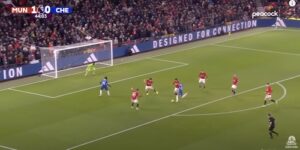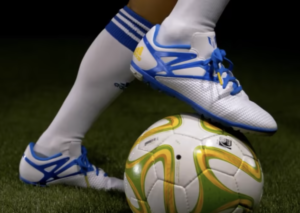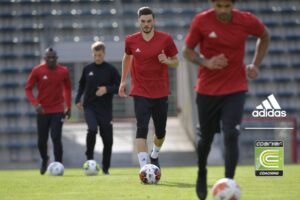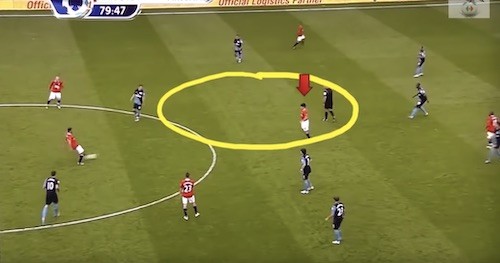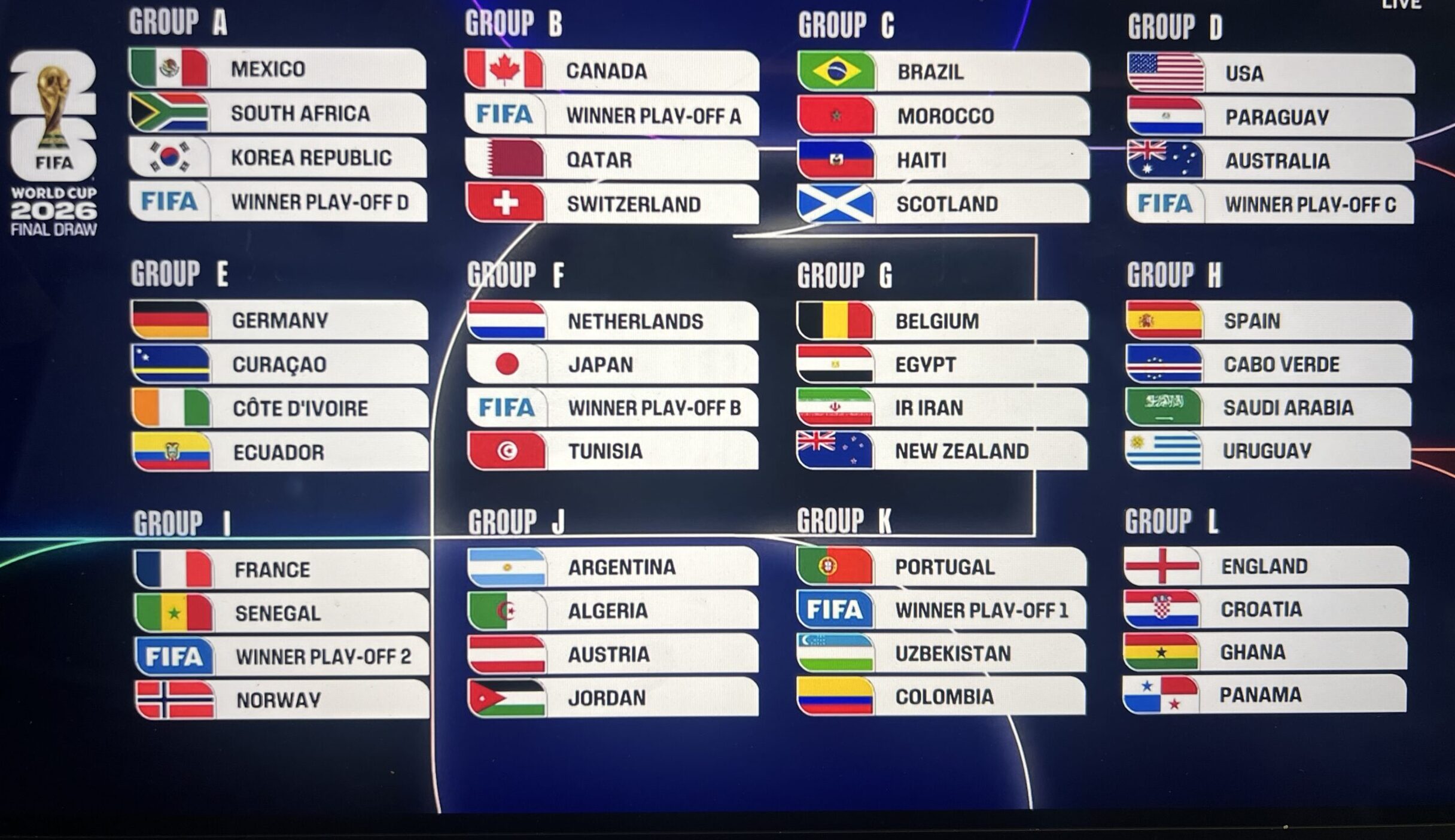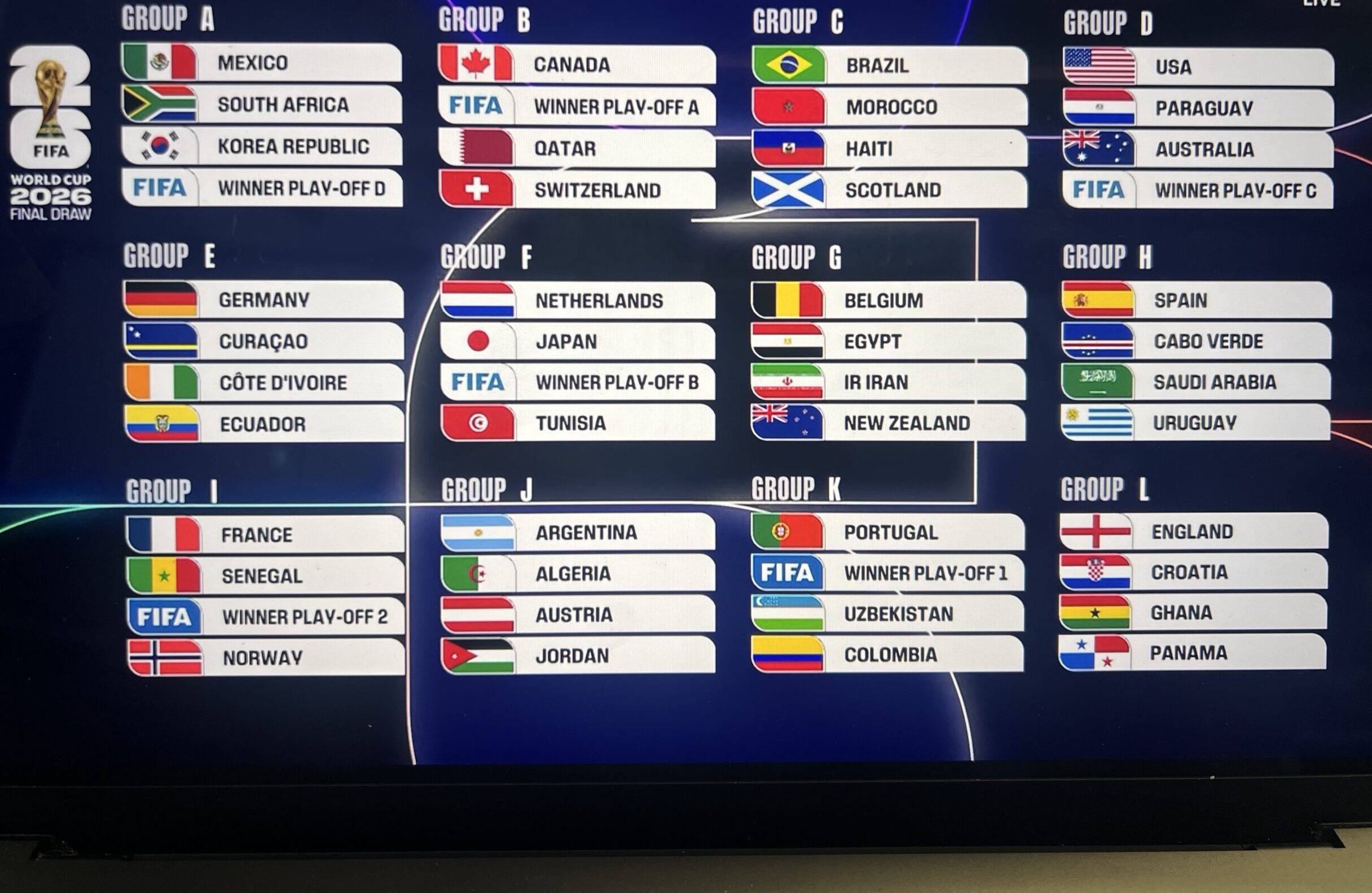Soccer positional running: How should players move on the soccer field? What types of runs and movements should soccer players make? Based on a players position on the soccer field, how should they move or make runs to open up space for other players on the field? And what movements lead to goal scoring opportunities. These are just some of the key soccer positional movement questions we’ll try to answer below. The main thing is to always be aware of where you are on the field, where your teammates are and where the defenders on the opposing team are positioned.
The game of soccer moves fast, so you have to be ready to react and make subtle adjustments. Lionel Messi is a genius at this, getting himself in good positions to make things happen and score goals. Sometimes Messi appears to be just walking, but he’s really always alert to what’s happening and just being patient, waiting for his moment, dragging defenders away to open up the space. He’s constantly trying to read the game and intuit what is going to happen next.
Let’s learn more about and try to understand just what exactly is: soccer positional running.
Forwards Movements & Runs
One forward should sit closer to the midfielders while the other tries to stretch the defense (standing next to the last player on the other team, usually the sweeper or last defender). With this alignment, the first forward can check back to the ball and then cut inside if he doesn’t receive the ball to open up a passing alley for the forward that lies deeper near the opponents goal.
The player with the ball (let’s say the right back) can then play the ball inside to the first forward or to the forward who is posting up deeper into their opponents’ area. A forward who’s posting up can either try to receive the soccer ball while he or she posts up or check towards the ball after the other forward makes the initial run back to the soccer ball. Remember, don’t wait for the ball to come to you but attack it.
The first forward then takes up the deeper position. Checking in and out and exchanging positions makes up the movement of the forwards. One forward check in and the other rotates to the deeper position in a sort of exchange.
With a lineup that has two forwards aligned in a pair in the center of the soccer field, the closest forward checks back to the ball at an angle, to the right or left. The reason you check back at an angle is to open up the space behind you for another player to run into and to give the passer the space or target to play the ball into.
The key is also to use your body to protect the ball once you receive it. Shield the ball from the defender. Your first touch is crucial, so master all the Coerver like skills with the ball as the foundation of your game. If he or she is marked then they can cut into the middle to receive the ball. They must keep running and rotate back to the post-up position if they don’t receive the ball.
It is really two runs: checking back to the ball, and then if that isn’t on, making a run back into the middle. Meanwhile, the other, posting up forward, can check back to the ball, and the other forward spins to offer support. Again, a cycle of switching positions and checking back to the ball. Here, the idea with these runs is that the defenders have to pass on the attacker to another defender to mark them.
Soccer Positional Running – Positioning and Movement
Midfielders Movements & Runs: Soccer Positional Running
With quick check back runs towards the soccer ball midfielders can get open. These can be five or ten yard runs back to the ball, to the side or breaking into the attack for a longer pass. It could even just be bringing your marker into an area where you don’t want the ball so you can run into the space where you want the ball. Walking away a few yards and then darting back to the ball.
Midfielders should also see the whole field, so they should have their body open to the field or half turned if they’re in the middle of the soccer field. If you watch Iniesta or Xavi at Barcelona, they’re constantly moving, checking back for the ball but with their heads up so they can see when a player is making a run in the attack.
They keep the game very simple, giving the ball and getting it back when they have more space and time. If they’re under pressure they lay the ball back and then get the ball again when they’re better positioned to make a pass, dribble or shoot. Of course these two football players are exceptional, with their ability to hold the ball under pressure and make the killer pass. They never shy away from receiving a pass while they’re under pressure.
Elite level midfielders are accustomed to looking over their shoulders before they get the ball to see if a defender is approaching and or if they can turn. Get into the habit of looking around to see where your teammates are and whether there’s pressure coming from a defender. Again, Xavi of Barcelona is constantly doing this, just watch him play and you’ll see his head turn to look behind him before he gets the soccer ball. Xavi is a master at the half turn and keeping his head on a swivel.
Back Door Cuts in Soccer
If the defender that’s marking you is too tight you can fake like you are checking back to receive the ball and then make a run into the attack. The run is good for both forwards and midfielders. It’s just a simple way to elude a defender who’s over pressing you or over committing and too close to you.
When you’re checking back to the soccer ball, and you see that the defender is too close to you, marking you tightly, break into the space behind them. This could be down the line or into the goal box. It’s a constant push and pull of movement and gauging how you’re being marked.
For back door cuts, this is something that develops over time, it’s an understanding between you and your teammates. They see what’s happening and make the right pass. Make the initial run back to the ball a little slower, and then break behind the defense in a quick burst. Barcelona players are masters at this too, especially on the wing.
The back door run is an excellent example of soccer positional running and often leads to a goal scoring chance when done at the right moment.
Defender Movements & Runs
Defensive movements are mostly in support and cover positions. Not diving in or going for a tackle unless you have support. Pressuring the ball to force the attacker to get their head down so they can’t see the field and then winning the ball straight away when the chance is there. The key though is keeping the attacker in front of you and make them play the ball backwards.
When on offense, a defender moves the ball around to relieve pressure, as in switching the ball into an open area of the field or playing the ball into a midfielder or forward and then getting it back. Defenders for the most part hold their positions in the back, however, in today’s game, some of the most dangerous attackers are outside defenders like Dani Alves, Maicon or Sergio Ramos. These players are constantly running and often get into attack by overlapping or making delayed runs into the attack when the time is right. Just watch how much Alves pairs up with Messi for Barcelona as they attack down the line.
Overall, on defense you want your team to be compact and on offense you want to open up and expand. As a compact unit you can close down a certain area and win the ball and still have time to get back if the other team makes a long pass to the other side of the field.
As a defender you want to run back towards your goal – re-group and defend as a unit, so you recover by first running towards your goal unless you have support and someone needs to pressure the ball. Again, on defense you don’t want to be stretched or spread out but working as a cohesive unit with your teammates to close the attacking team down and not let them have time on the ball.
Check out these soccer training sessions for other positions:
- Training Sesssion for Forwards
- Training Sesssion for Central Defenders
- Training Sesssion for Central Midfielders
- Training Sesssion for Right Midfielders
- Training Sesssion for Left Midfielders
- Training Sesssion for Right Backs
- Training Sesssion for Left Backs
More Soccer Training Tips:

